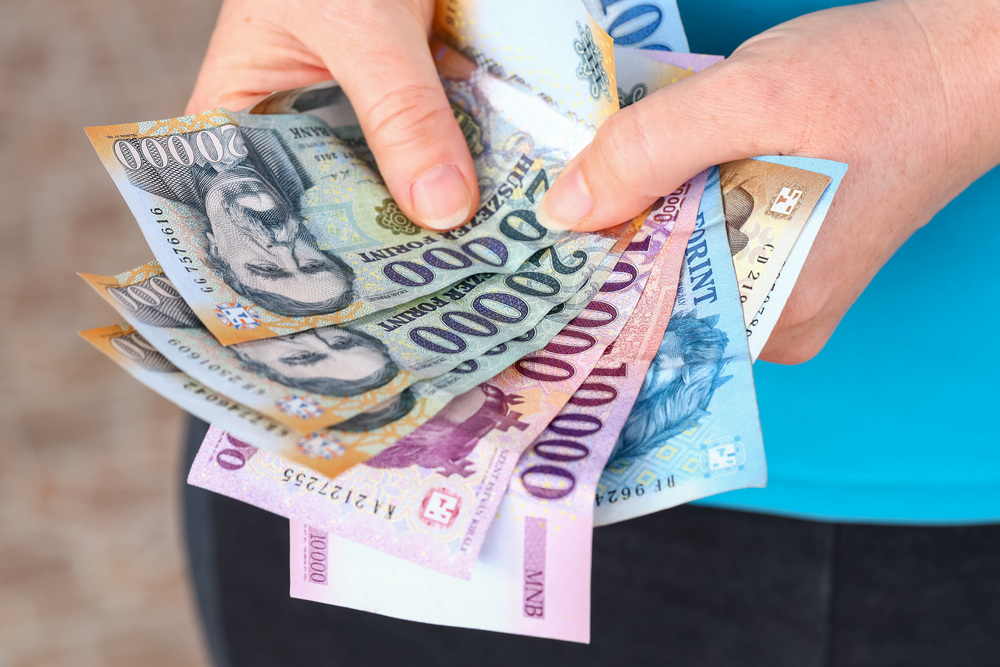Is the Hungarian economy set to revive in 2025 after years of stagnation?
After two years of stagnation, the Hungarian economy looks poised for recovery in 2025.

After two years of stagnation, the Hungarian economy looks poised for recovery in 2025, driven by wage growth, government initiatives, and increased investment. However, challenges like external demand and currency stability remain. Here’s what the experts say.
Tough years behind
As VG reports, the Hungarian economy has faced significant challenges over the past two years, with an energy crisis, soaring inflation, and weakened consumer confidence severely impacting growth. Companies scaled back production and investment as public caution persisted, while external demand offered little relief, exacerbated by Germany’s recession. Domestic growth faltered, with GDP growth in 2024 falling below 1 percent—far short of the government’s optimistic 4 percent projection. However, as inflation eases and economic conditions stabilise, there is growing optimism that the Hungarian economy may finally regain momentum in 2025, leaving behind a period of stagnation and underperformance.

Economists and PM Orbán are hopeful
The Hungarian economy enters 2025 with renewed optimism after two challenging years. Zoltán Árokszállási, Head of MBH Bank’s Analysis Centre, highlights factors such as wage increases, enhanced family tax credits, and government programmes stabilising investment as key drivers of consumption and growth. While external demand remains uncertain, with limited support expected from the German economy, a surge in automotive investments from major players like BMW and CATL could strengthen the Hungarian economy in the latter half of the year. Prime Minister Viktor Orbán emphasised fiscal improvements and strategic investments as “hidden resources” poised to bolster GDP growth, which experts predict could reach 3 percent in 2025. In an interview with Patrióta, he said:
The Hungarian economy will not perform well because European performance improves. It will be good even if it does not. Because we have two well thought-out, hidden and now unearthed resources.
Growing wages to fuel the economy
Dániel Molnár, a macroeconomic analyst, anticipates significant wage growth of up to 9% under a three-year wage agreement, with real wage increases exceeding 5% as inflation stabilises within the central bank’s tolerance band. This, coupled with government measures such as enhanced family tax credits and bond interest payments, is expected to bolster consumption and improve consumer confidence. Investment is also set to rebound, supported by the Sándor Demján programme for SMEs and new housing construction initiatives. Additionally, production launches at factories like BYD, CATL, and BMW are expected to strengthen exports and contribute to economic growth. While the Hungarian economy has favourable internal dynamics, sustaining growth above 3% will depend on improved external conditions and eased geopolitical tensions.
Will the forint finally stop weakening?
The Hungarian economy is expected to maintain relative stability in 2025. As experts say, the forint is unlikely to weaken significantly. However, the euro is not anticipated to drop below 400 forints consistently, according to Zoltán Árokszállási of MBH Bank. Interest rates may see modest reductions, but the pace of cuts will depend on global trends, particularly the US Federal Reserve’s monetary policy. The Hungarian National Bank (MNB) is expected to closely monitor the forint’s exchange rate to prevent inflation from exceeding its target range. Current projections suggest a base rate of 5.75% by year-end, though adjustments could be made based on market conditions. Exchange rate and interest policy stability will be crucial for the Hungarian economy’s continued recovery.

Read also:
- Shocking decline: How Hungary fell behind its neighbours after joining the EU
- Unprecedented growth and rising prices: records and averages for Hungary’s housing market in 2024
Featured image: depositphotos.com


































